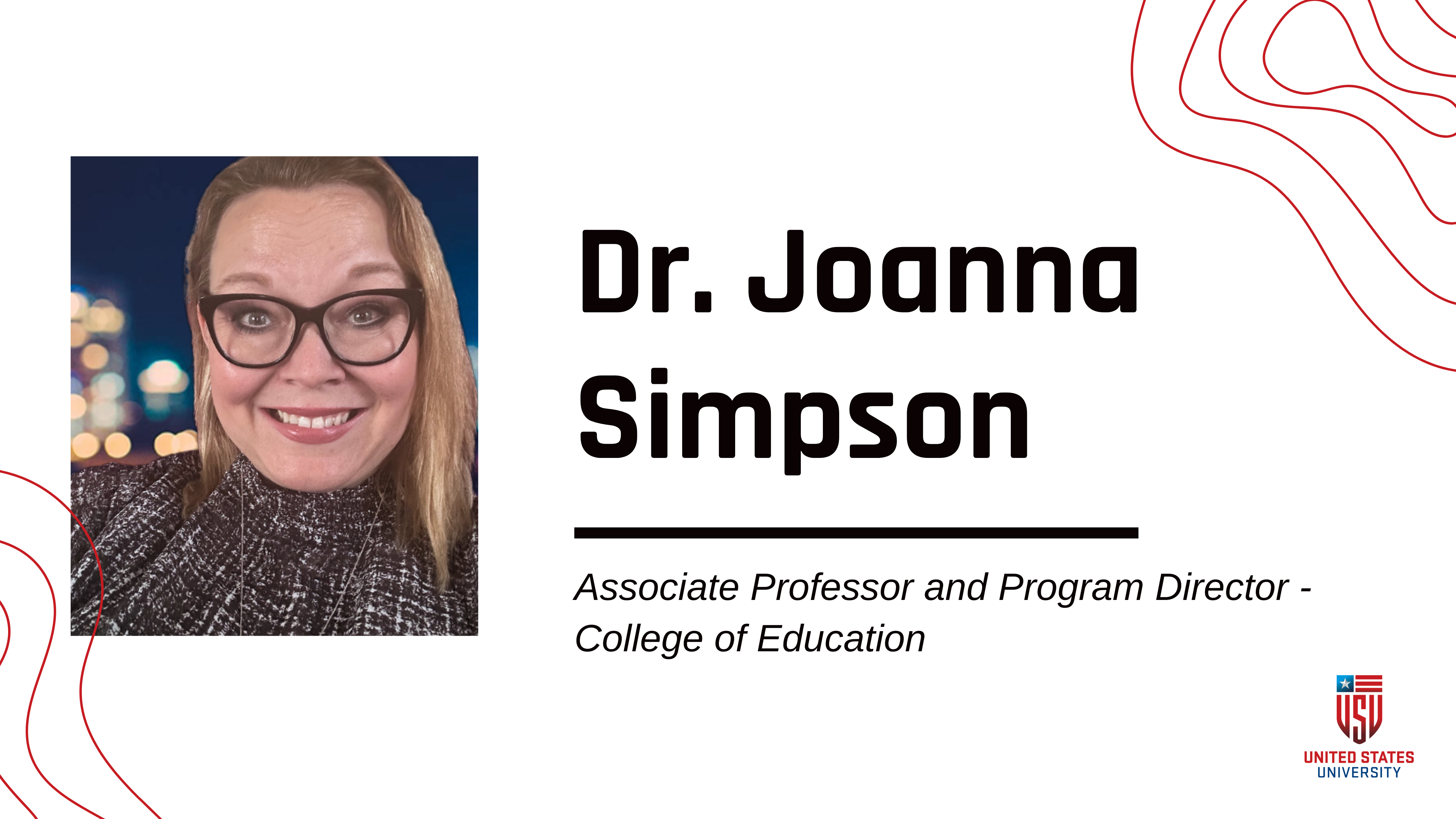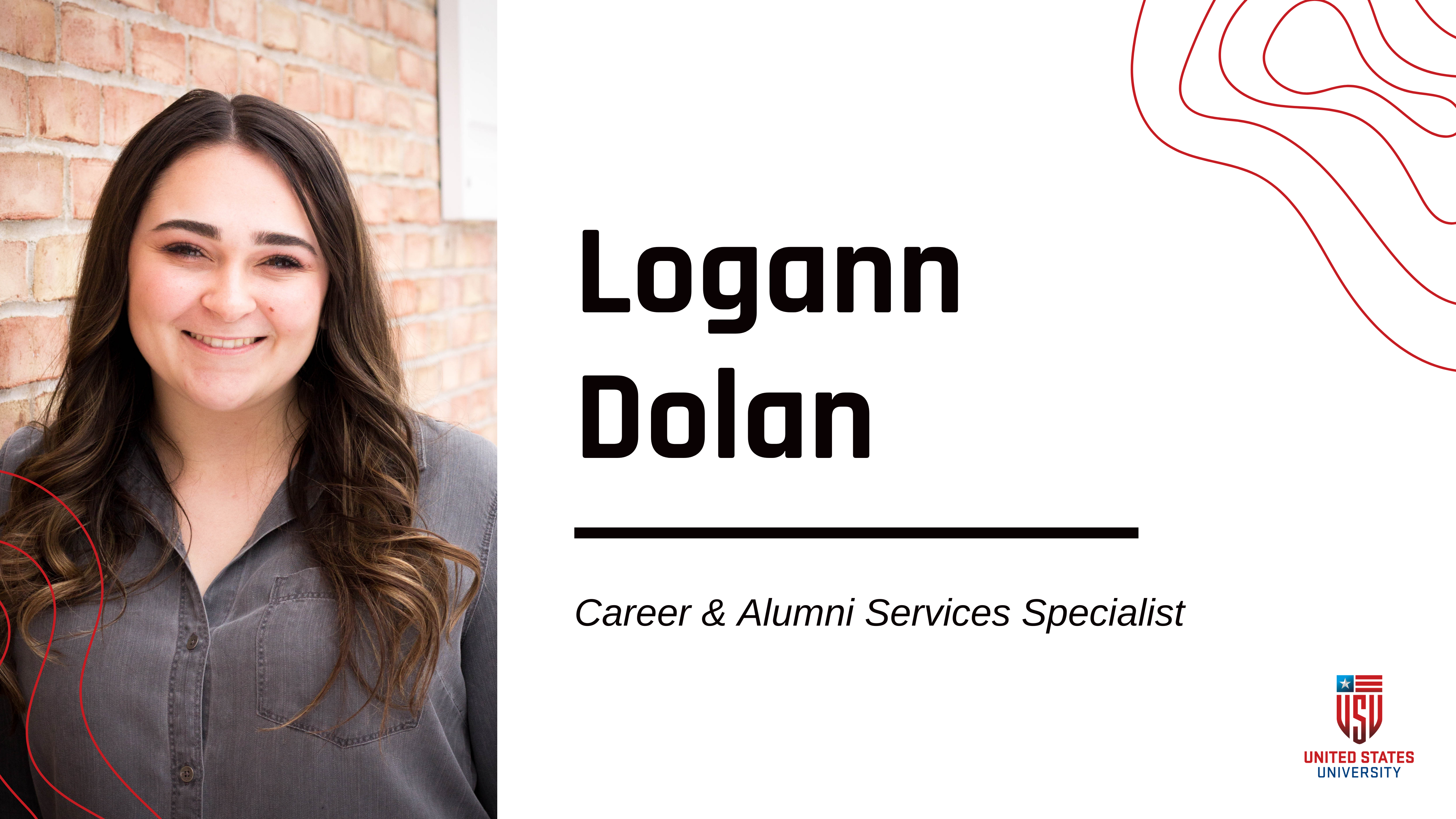How to Become a Family Nurse Practitioner (FNP)
Pursuing your Nurse Practitioner (NP) degree is a great way to take your nursing career in a new direction. But how do you become an NP? What type of NPs are there, and what do they do? As the primary care provider shortage continues to worsen, more and more NPs are needed. So, you may be wondering how to break into this role. To find out, check out this 10-step guide on how to become a family nurse practitioner (FNP). We will explore what an FNP is, what they do, and how to become one!
What is a family nurse practitioner?
To become a family nurse practitioner, you must first understand what they are. FNPs are advanced practice nurses who have earned a master's or a doctorate degree in the family medicine specialty. They provide comprehensive medical care to individuals and their families of all ages, genders, and diseases.
Becoming an FNP is rewarding for many reasons. FNPs can work in broad areas of care, such as a primary care office or urgent care, or in several specialties, including pediatrics, women's health, dermatology, and more. They often work as multidisciplinary team leaders with other providers, pharmacists, medical assistants, etc.
What does an FNP do?
The job description of an FNP varies by location and patient population. When you become a family nurse practitioner, you will have the option to work in the primary care setting as a primary care provider for a panel of patients. FNPs who work in specialties see consults and short-term patient cases. While the baseline duties may be different, the overall tasks remain the same, including:
- Maintain patient records and update them regularly
- Perform physical exams
- Order or perform diagnostic tests
- Prescribe medications
- Develop treatment plans
- Treat acute and chronic conditions or injuries
The specifics of each of these vary based on the population with which the FNP works. As with any leader in healthcare, FNPs are need to stay current on the latest healthcare-related recommendations and evidence-based practices.
How to become a family nurse practitioner?
Here is a list of the ten steps you'll need to take to become a family nurse practitioner!
1. Earn your Bachelor of Sciences in Nursing (BSN) degree
Unlike an associate’s RN degree, you don't need a bachelor of sciences in nursing (BSN) to become a family nurse practitioner – but it's highly recommended. Many NP programs will require a BSN for admission, so the first step is to go straight for the BSN. The BSN will involve supervised clinical hours and teacher-instructed training that usually lasts two to four years.
2. Pass the NCLEX-RN exam
The NCLEX-RN exam is a certification exam you must complete following your BSN program. Passing this exam is necessary for all those who wish to become family nurse practitioners. Also, passing the exam is vital to apply for your license. Your score will show the state board of nursing (in your state) that you're prepared to start working as a nurse. It's anywhere from 75 to 130 questions (recently decreased from 265) and can encompass anything and everything learned in nursing school. So make sure to stay prepared. Passing the NCLEX-RN often requires at least a few weeks of prior study.
3. Obtain RN licensure
Applying for the RN license (and being approved) proves that you are qualified to practice as a nurse. The application requires an NCLEX passing score, background checks, proof of schooling, and possibly fingerprinting –which can take several weeks to process. The RN license is also required to obtain an NP license later on. This license also needs to be renewed every few years (this varies by state) and requires proof of practice hours as a nurse and continuing education hours.
4. Get some experience as a bedside nurse
If you want to become a family nurse practitioner, we recommended to work as a nurse before working as an FNP. Nothing compares to the education you receive as a bedside nurse when preparing you for a career as an FNP. Because of the variety of patients you’ll serve, this experience will allow you to treat a wide range of conditions. This could be meaningful in helping you decide on an area of clinical focus, or if you have the capacity to take on the responsibilities of being an FNP.
This experience can be in any setting and work with any population of patients.
5. Earn your MSN or DNP degree
The next step of becoming an FNP is attending NP school! This involves supervised clinical hours and teacher-centered instruction similar to the BSN program. NP school can either be a master's or a doctorate course. NP school are part-time or full-time. So, if you continue working as an RN throughout school, this flexibility can be invaluable. Some NP programs are taken online and in-person, and some schools even offer hybrid programs with components of both.
6. Become a board-certified NP
This is another certification test, similar to the NCLEX you took to become an RN. The contents of the test vary depending on the specialty you pursued in school. For FNPs, this is the certification exam you must pass to become a board-certified FNP. This is a requirement before obtaining your NP license.
7. Obtain NP licensure
This is similar to the RN license application process mentioned earlier, but this can take even longer to complete because of the changes in an NP’s scope of practice. Licensure is usually done through the state board of nursing or the department of health in certain states (example: Washington state licensure is through the department of health). The licensure process also involves proof of NP certification, RN licensure, background checks, and proof of NP schooling.
8. Obtain your National Provider Identification (NPI) and Drug Enforcement Agency (DEA) numbers
The NPI number is an identifying number that helps distinguish you from other providers in the country. This number never changes, and you do not need to renew it. The DEA number is a requirement to prescribe any scheduled drugs such as opiates, hormone therapy like testosterone, or opioid treatment options like suboxone. Therefore, you will need to obtain these identification numbers before you're able to practice as a family nurse practitioner.
Most NPs, especially family nurse practitioners, will be required to get a DEA number due to the broad spectrum of patients they see. However, the state department can take weeks or months to process this request. These certifications may also have hefty fees (i.e., the DEA number costs upwards of $731 every two years) that your employer may help with or fully reimburse you for.
9. Get an FNP job
Once you have your degree, certification, licenses, and NPI/DEA numbers, you're ready to become a family nurse practitioner and start your career! To get started, apply for openings you find on job boards, network, and talk with other providers and clinics where you're interested in working.
10. Maintain your family nurse practitioner licenses
So, you’ve taken all these steps to become a family nurse practitioner. Now, you must maintain your licenses. This involves a lot, like continuing education, practice hours, and applications with fees every few years. The number of years between renewals varies by the state of practice, so check your State Board of Nursing guidelines.
Job outlook: becoming a family nurse practitioner
As of 2021, there were 320,000 NPs in the United States, almost 70% of which were family nurse practitioners. Primary care offices employ the most NPs overall at nearly 90% and close to all FNPs. "The U.S. Bureau of Labor Statistics (BLS) predicts the number of nurse practitioners will increase by 34% from 2012 to 2022." This is triple the national average of 11% growth for all other occupations during the same time. The BLS also said FNP employment will increase by up to 31% by 2024.
Despite some growing pains following the COVID-19 pandemic, including the primary care provider shortage, experts see the role of the FNP expanding in the coming years. Merritt Hawkins, a prominent healthcare consulting firm, found the average FNP salary increased to $123,000 in 2017. This is a five percent jump from 2016 ($117,000). As of 2022, the average salary of an FNP has risen to almost $140,000. There has never been a better time to become an FNP.
Ready to become a family nurse practitioner today?
With the country's healthcare needs more heightened than ever, the demand for family nurse practitioners is at an all-time high. A career as an FNP is promising, rewarding, and within reach for you today if you follow these ten easy steps. Are you ready to positively impact others' lives? Check out United States University's FNP program to get started!
Alison Shely, DNP, FNP-C, is an NP, nurse coach, and nurse content writer specializing in articles, guest blogging, and healthcare worker wellness. She has been in nursing since 2014, working in intensive care, women’s health, and primary care as a RN and FNP. She also serves as a health coach and mentor to other nurses and healthcare workers regarding healthy lifestyles and mental health.



